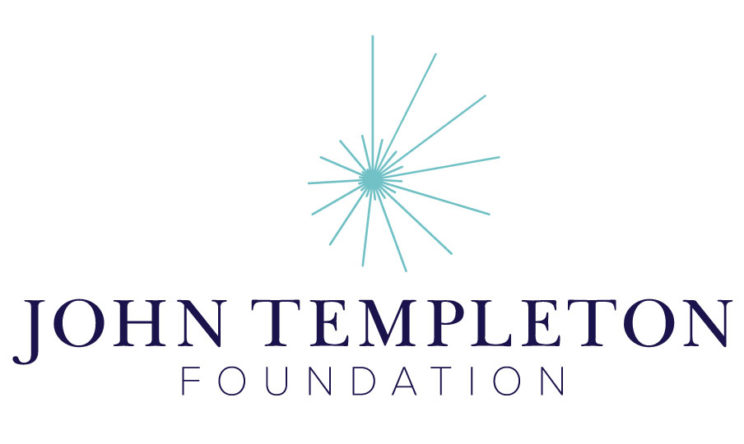Modeling the Dynamics of Cultural Diversification
Interpreting LiteRate
This tutorial shows users how to check the convergence of LiteRate's Markov chain Monte Carlo algorithms, as well as how to plot LiteRate results. Empirically, we show how shifts in diversification rates delineate a multi-stage trajectory for the evolution of Metal music over time.
Google Colaboratory Environment. These tutorials are built in the Google Colaboratory Environment. To access these tutorials, you must be logged in to a Google account with Google Colaboratory (Colab) installed. Colab is a free resource linked to Google accounts that runs Python notebooks on the cloud and attaches to your Google Drive. If you do not have Colab installed, it can be found here: https://gsuite.google.com/marketplace/app/colaboratory/1014160490159. When you open a Colab notebook, Google creates a virtual machine for you with Python and the most relevant scientific packages preinstalled. Because it is a complete virtual machine, you can also install your own Python packages, download software from Github, link files from your Google Drive, run command line programs, and use a GPU/TPU. We make use of some of these features throughout the tutorials. If you are new to Colab, an introduction, overview, and list of resources are available here: Welcome to Colaboratory.
How to start this tutorial
- Sign in to your Google account.
- Install the Drive-addon 'colaboratory' on your Google Drive.
-
 Download Tutorial 3: Interpreting LiteRate to your Colab-connected Google Drive.
Download Tutorial 3: Interpreting LiteRate to your Colab-connected Google Drive. - Choose 'Colaboratory' from the 'Open with' menu at the top of your Google Drive window.
Key Takeaways
- To assess convergence of LiteRate MCMC runs, make sure ESS is 200+ and traceplots of parameters look stable and stochastic over time.
- Run multiple chains of LiteRate. If they all look good, combine them using logCombiner.py or the option in plotRJforward.py.
- plotRJforward.py prints out average rates and timing of significant shifts in an .R files, and plots these results in a .pdf file.
- The Metal example provides one interpretation of plotRJ results.
References
Kahn-Harris, Keith. Extreme Metal: Music and Culture on the Edge. Berg Publishers, Oxford 2006.
Kass, Robert E., and Adrian E. Raftery. 'Bayes Factors’. Journal of the American Statistical Association 90, no. 430 (1995): 773–795.
Silvestro, Daniele, Nicolas Salamin, Alexandre Antonelli, and Xavier Meyer. ‘Improved Estimation of Macroevolutionary Rates from Fossil Data Using a Bayesian Framework’. Paleobiology 45, no. 4 (2019): 546–70. [Link]
METAL PAPER
This project was supported by Grant #61105 from the John Templeton Foundation to the University of Tennessee, Knoxville (PIs: S. Gavrilets and P. J. Richerson) with assistance from the Center for the Dynamics of Social Complexity and the National Institute for Mathematical and Biological Synthesis at the University of Tennessee, Knoxville.

The Cultural Evolution Society's Online Learning Tutorial Series is licensed under a Creative Commons Attribution-NonCommercial-ShareAlike 4.0 International License. For designers' contact information, click here.



